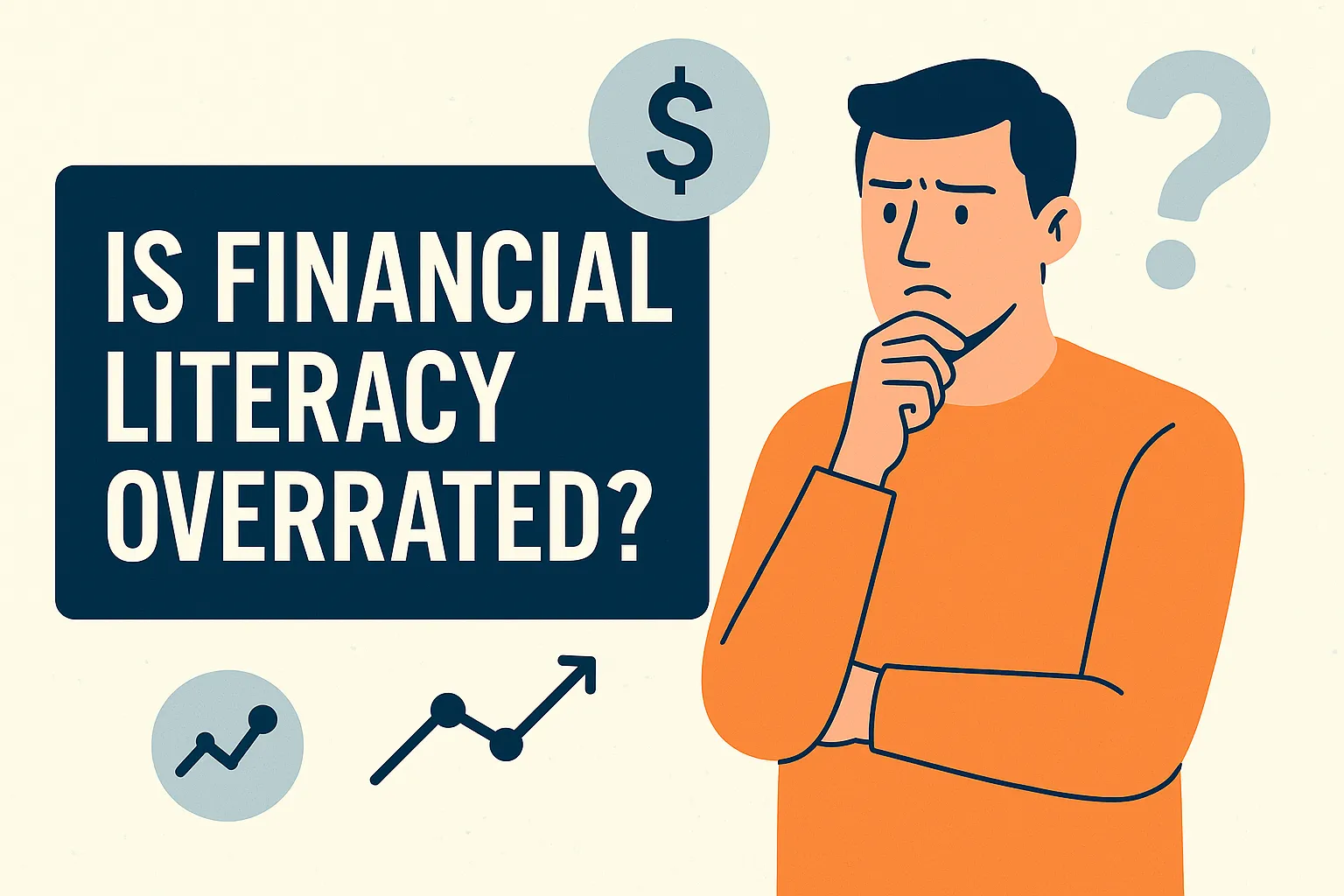Bitcoin as an Inflation Hedge is a Myth – Here’s Why

Bitcoin has been called many things: revolutionary, disruptive, the future of money. But in recent years, one narrative has dominated headlines and investment pitches alike—Bitcoin as “digital gold,” a hedge against inflation.
It sounds appealing. After all, gold has been used for centuries to preserve wealth when fiat currencies lose value. And Bitcoin’s fixed supply of 21 million coins? That feels like built-in scarcity.
But here’s the hard truth: Despite popular belief, Bitcoin has not reliably protected wealth during inflationary periods. According to the 2023 study "Bitcoin Does Not Hedge Inflation" by Mykola Pinchuk, Bitcoin prices tend to decline in response to inflation surprises—contradicting the idea that it functions as a true inflation hedge. Its short history, extreme volatility, and speculative nature raise real doubts about its role as an inflation hedge.
Let’s break down the data, the misconceptions, and what actually makes an effective inflation hedge.
Key Takeaways
- Bitcoin has no consistent inverse correlation with inflation.
- It’s more closely tied to risk assets like tech stocks than to gold.
- Real-world data from inflationary periods shows mixed (and often poor) performance.
- A true inflation hedge provides stability and purchasing power—not speculation.
The Theory: Why People Believe Bitcoin is a Hedge
The argument goes something like this:
- Bitcoin has a limited supply (21 million)
- Governments print money during crises (increasing inflation risk)
- Therefore, Bitcoin should retain or grow its value as fiat money devalues
It’s a nice idea—and the scarcity part is true. But scarcity alone doesn’t make something a hedge.
A True Inflation Hedge Should:
- Maintain or increase purchasing power during inflationary periods
- Show resilience when traditional currencies decline
- Exhibit low correlation to risk assets (like equities)
Reality Check: Bitcoin’s Track Record
Let’s look at recent inflationary episodes in the U.S.—2021 to mid-2023, when inflation surged to 9.1% (its highest in 40 years).
So what did Bitcoin do?
- 2021: Rose dramatically (but so did tech stocks)
- 2022: Fell over 42.9%—while inflation stayed elevated
Meanwhile, traditional inflation hedges like commodities and TIPS (Treasury Inflation-Protected Securities) delivered stronger inflation-aligned performance. The Bloomberg Commodity Index rose about 27% in 2021 and gained another 16% in 2022—its best two-year stretch since 2009 (Bloomberg, 2021–2022).
TIPS outperformed traditional Treasuries in 2021 as inflation expectations rose, but struggled in 2022. For example, the iShares TIPS Bond ETF (TIP), a widely used proxy, fell 12.1% that year, according to Morningstar, largely due to rising real yields and aggressive rate hikes by the Federal Reserve (Morningstar, 2023).
Some investors also turned to Bitcoin, hoping it would act as a hedge against rising prices. But the data doesn’t support a strong or consistent relationship between Bitcoin and inflation expectations.
The chart below, from Bitcoin’s Potential as a Leading Macro Asset by Fidelity Digital Assets, illustrates this point. It shows the year-over-year change in Bitcoin’s price compared to changes in long-term inflation expectations (specifically, the 5-year, 5-year forward inflation rate). While there are moments of overlap, Bitcoin’s price tends to move independently and with significantly more volatility—making it difficult to rely on as a consistent inflation hedge.

Correlation with Risk Assets
Bitcoin has tended to behave more like a high-risk tech stock than like gold. In sharp market downturns, it often declines alongside equities. As a result, it lacks the low or negative correlation typically expected of assets used to stabilize a portfolio during periods of stress.
Volatility: The Enemy of Stability
To be a hedge, an asset needs to be reliable.
But Bitcoin’s volatility—often exceeding 70% annualized—makes it one of the most unpredictable assets in existence.
Consider this:
If the goal is to preserve purchasing power during turbulent times, holding an asset that can swing 20% in a week is far from comforting.
Even gold, which can be volatile at times, tends to move in smaller, more predictable ranges.
So, Is Bitcoin Useless?
Not at all. Bitcoin may have a place in a portfolio—for speculative upside, technological exposure, or as a long-term experiment in decentralized finance.
But calling it an inflation hedge is misleading. That framing sets up unrealistic expectations and can lead to poor decisions. While Bitcoin hasn’t proven to protect against everyday inflation, it might act as a hedge against extreme systemic breakdowns—like a collapse of fiat currencies or the U.S. dollar losing its global reserve status. We don’t have historical data to support that claim, but many people are treating it like a different kind of hedge entirely—one tied to systemic failure, not standard economic cycles.
Tools for Hedging Inflation
If you’re genuinely worried about inflation surprises, you can consider these other asset classes:
- TIPS (Treasury Inflation-Protected Securities): Bonds indexed to inflation.
- Commodities: Like oil, wheat, copper—real assets that have historically risen in price with inflation.
- Real Estate: Often benefits from rising rents and asset values in inflationary environments.
- Diversified Stocks: Some companies can pass inflation costs on to consumers.
How optimized is your portfolio?
PortfolioPilot is used by over 40,000 individuals in the US & Canada to analyze their portfolios of over $30 billion1. Discover your portfolio score now:






